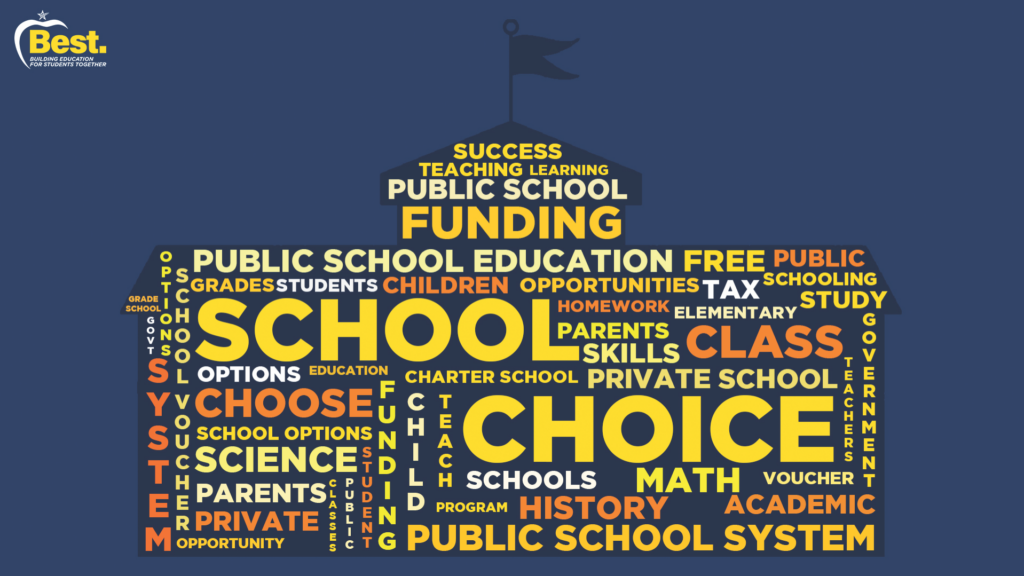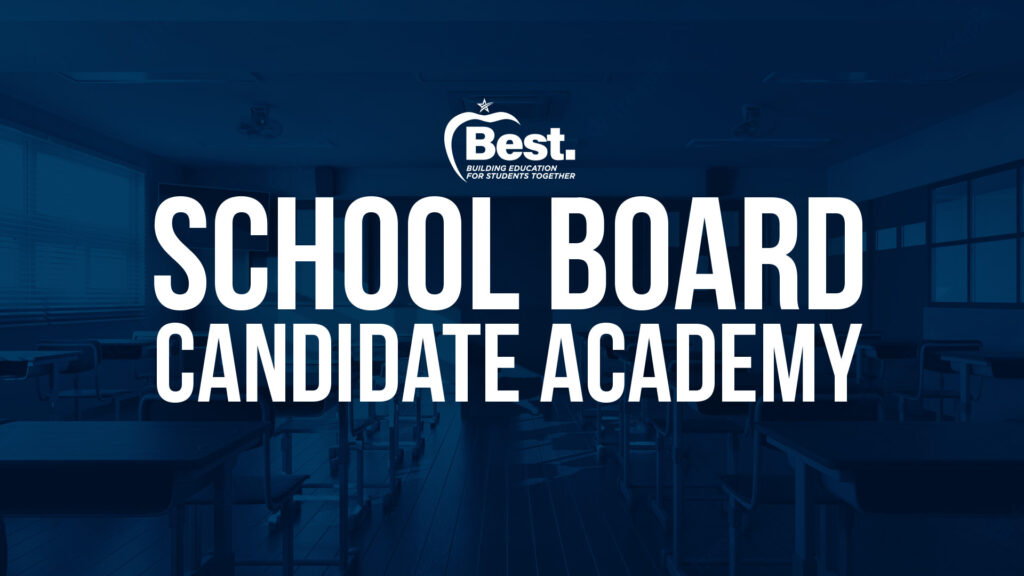How School Choice Helps Traditional Public Schools
Kids are weird — especially mine. Sure, I can identify personality traits as coming from me and my wife, but they’re jumbled up in odd ways. If we’re the original track, our kids are the dance remixes.
My eldest daughter is analytical and conscientious when work needs to be done, but fearless and funny in her off time. Her younger sister will procrastinate and goof off, but will create elaborate, amazing projects just for fun. Definitely related, but wildly different.
Seeing first-hand how different kids can be is what finally made school choice personal. If my own daughters’ learning styles are this divergent, just imagine kids from different parents, regions and backgrounds. Since a parent knows their children’s quirks better than any government can, moms and dads should be able to choose how and where the kids are educated.
Despite being an ardent school choice advocate, I never held animosity to traditional public schools. I was happy with my K-12 public education as was my wife, siblings and nearly all my friends. As an adult I’ve met many public school teachers and nearly all were smart, dedicated professionals.
Here in Arizona, a leader in school choice policy, education reform has accomplished exactly what advocates said it would. The competition has actually made traditional schools better. By unleashing innovation instead of mandating one-size-fits-all solutions, kids, parents and teachers of all stripes are better off.
Our family illustrates this success. While our first daughter attended preschool, we researched kindergarten. (By “we,” I mean my wife conducted extensive research while I grunted “mmm-hm” from the couch.) At that time, our neighborhood public school had lousy ratings from nearby parents and poor assessments from the state.
Since 1994, Arizona has allowed “open enrollment” — students can apply for admission to any public school based on available classroom space. So my wife visited our school district’s website and found a wide variety of public school options.
Instead of hiding the non-traditional offerings, the district website celebrates them. There are classes for young learners, back-to-basics studies, distance learning — even enrichment programs for homeschooled kids. One that caught our eye was a K-6 Montessori school that was only a couple of miles from our house. After reading up on the Montessori philosophy and chatting with other parents and teachers, we decided that would be the best fit for daughter number one.
As it turned out, the self-directed teaching style was perfect for our endlessly curious five-year-old and she’s been there ever since. Other students in that first class didn’t like it so they moved on to one of the many other options offered in our area. Every child is unique and none were stuck in a school that didn’t work for them.
As our eldest neared the end of her K-6 program, I took the lead and looked to school district and state education resources to find the best fit for junior high and high school. After considering many public and private options, we chose a state-chartered public school that offers a classical liberal arts education.
Her younger sister is interested in someday attending the same school but is also curious about our neighborhood traditional high school and one of the many arts-focused charter schools in the area. Thanks to school choice, she has many options.
By the way, remember when I mentioned that our neighborhood school was underperforming? Instead of relegating those kids to failure, the school district transformed the school into a rigorous back-to-basics format. Now the school gets high marks from the state of Arizona and from happy parents. Competition works.
My family’s experience has proven that traditional educators don’t have to be in a death struggle with school choice reformers. Instead, districts can exploit the latest innovations and provide a better environment for teachers, students and parents.
Follow me on Twitter at @ExJon.




